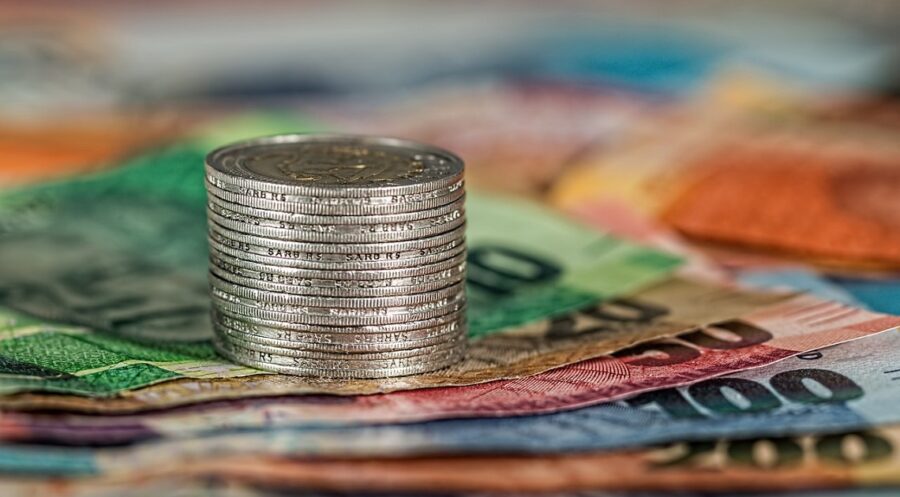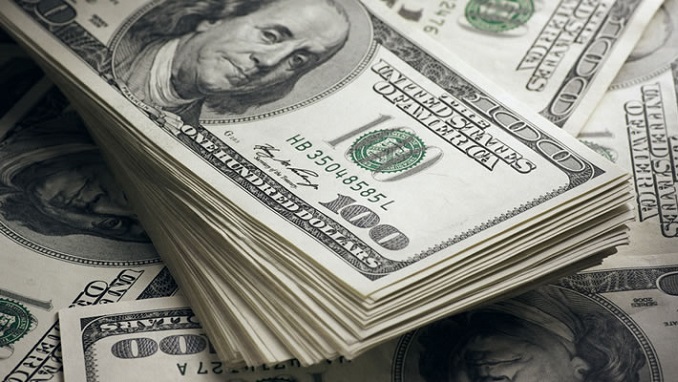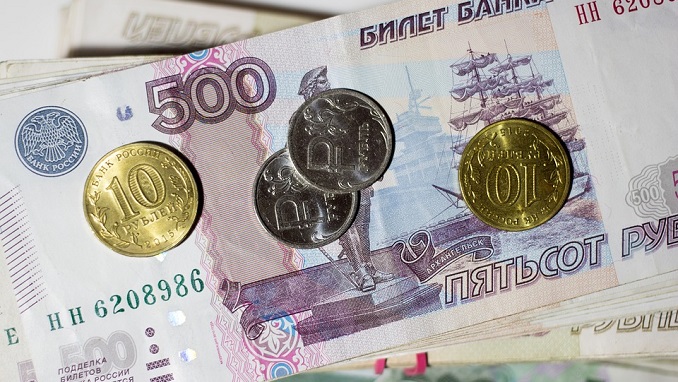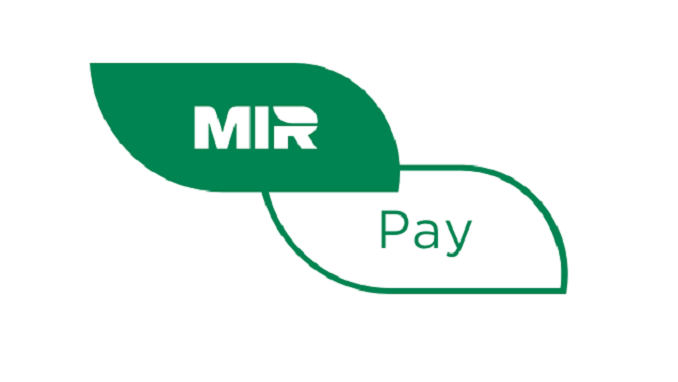On Monday, a $1.5 billion sovereign exposure swap agreement was struck between the Asian Development Bank (ADB) and the Inter-American Development Bank (IDB), a press release from ADB states.
The exchange is the second agreement between ADB and IDB, and it will increase the capital adequacy and lending capability of each of the multilateral development banks (MDB). The first occurred in December 2020 as a pilot exchange, after ADB’s approval of the regulatory framework for exposure exchanges with other MDBs.
According to ADB Vice President for Finance and Risk Management Roberta Casali, the agreement is a great example of innovation to improve ADB’s capital management and expand its lending capacity in line with the Group of Twenty Independent Review of MDBs’ Capital Adequacy Frameworks.
By lowering the amount of money required to cover concentration risk, exposure exchanges aid in the support of credit ratings. By trading concentrated loan exposures for exposure to nations with low or no credit exposure, they reduce the capital requirements for MDBs with a focus on sovereign debt. They are a potent and affordable tool to increase the capital sufficiency and creditworthiness of regional MDBs, whose options for portfolio diversification may otherwise be constrained.
The exchange will be “synthetic,” meaning that no loans will really be transferred to or subtracted from either MDB’s balance sheet, and the original lender’s and borrower’s relationships will remain unchanged.
While continuing its efforts to end extreme poverty, ADB is dedicated to establishing a prosperous, accessible, durable, and sustainable Asia and the Pacific. It was founded in 1966 and is owned by 68 members, 49 of whom are locals.



